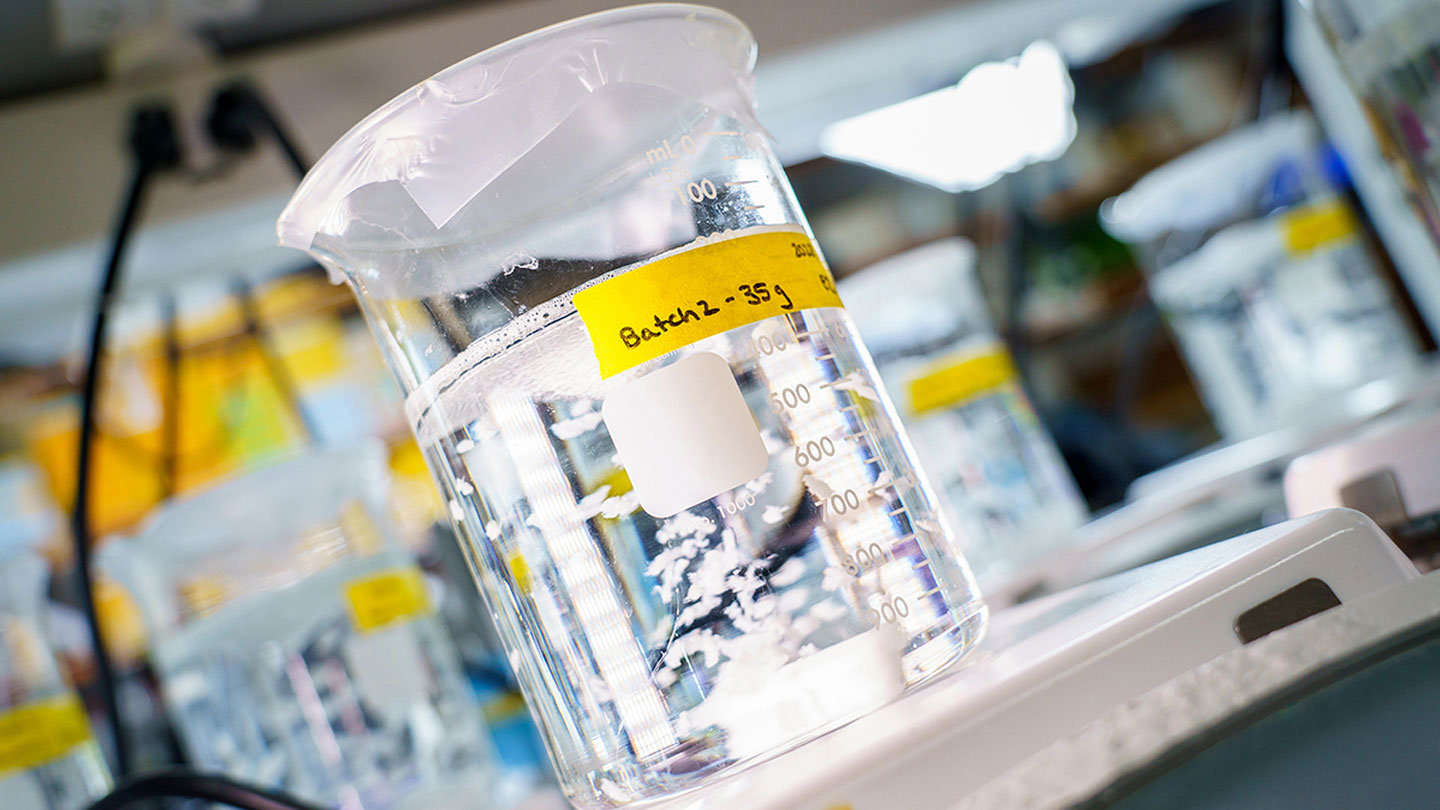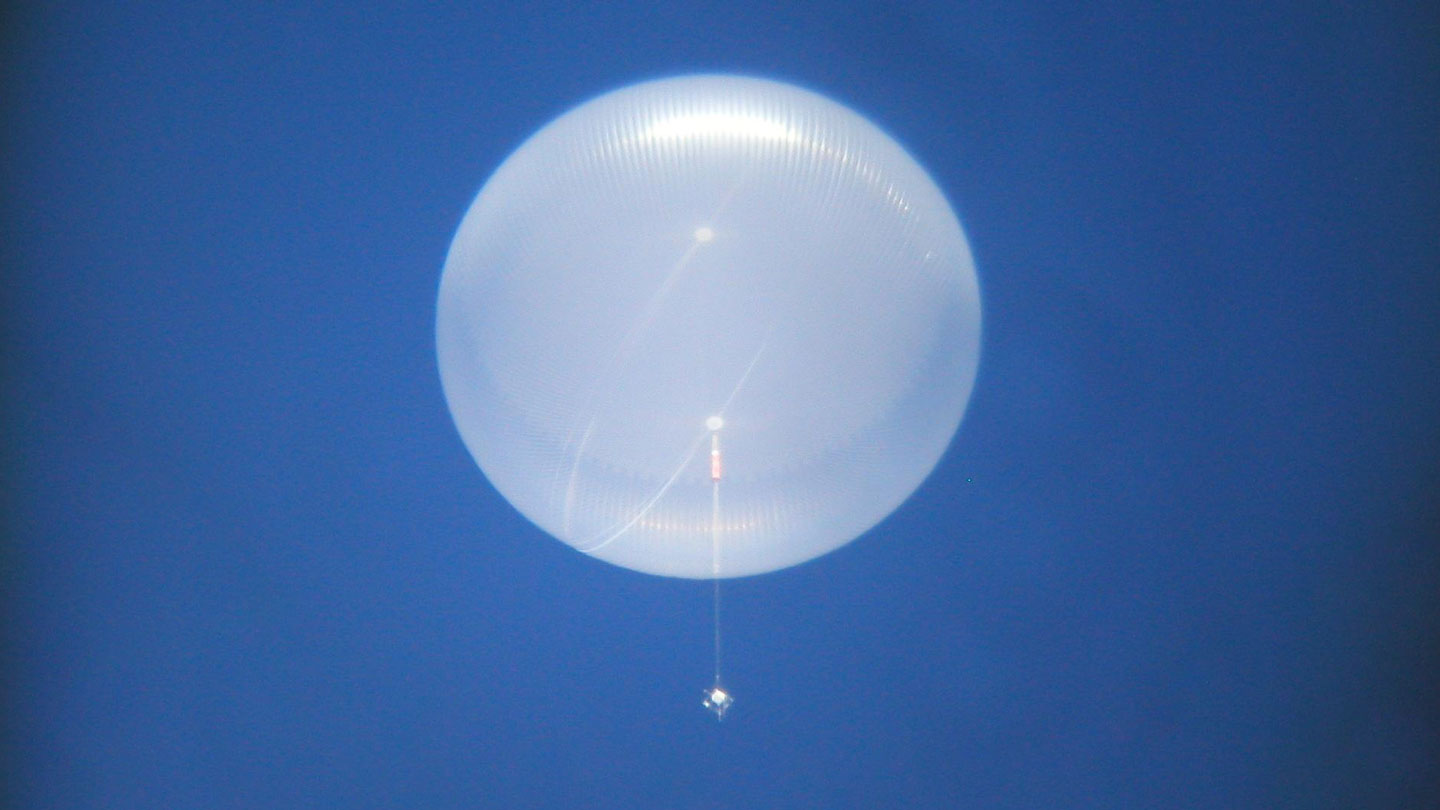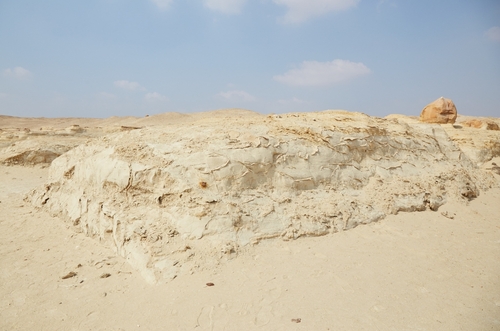A new biomaterial delivered to the heart soon after a heart attack can heal damaged tissue from the inside out.
Heart attacks kill cardiac muscle tissue, scarring the heart and leaving permanent damage after just six hours. The damage prevents the heart from functioning properly. If there was a way to begin healing damaged tissue soon after a heart attack, doctors could prevent scar tissue from developing.
“In an ideal world, you treat a patient immediately when they’re having a heart attack to try to salvage some of the tissue and promote regeneration,” says Karen Christman, a bioengineer at the University of California, San Diego.
Science News headlines, in your inbox
Headlines and summaries of the latest Science News articles, delivered to your email inbox every Thursday.
Thank you for signing up!
There was a problem signing you up.
The pursuit of this ideal inspired Christman, along with a team of researchers, to develop the biomaterial. In rodents and pigs, it appears to repair tissue damage and reduce inflammation directly after a heart attack, Christman and colleagues report December 29 in Nature Biomedical Engineering.
“I think it has a lot of potential,” Vimala Bharadwaj, a biomedical scientist at Stanford University who was not involved in the research. The paper “is definitely good proof of concept for what they’re trying to do.”
Previously, researchers found that stem cells derived from body fat can be used to heal bones, muscles and the heart (SN: 3/9/16). Christman wanted to work with the extracellular matrix, the lattice of proteins that provide structural support to the cells in cardiac muscle tissue. Like stems cells, it has regenerative abilities but is much less expensive, she says.
In 2009, Christman’s team produced a hydrogel using particles from this matrix. Trials in rats and later in humans showed that the material bonded to damaged areas and promoted cell repair and growth. However, due to relatively large particles of the hydrogel, it could be delivered to the heart only via a needle.
“Poking the heart with a needle could set off an arrhythmia,” says Christman. To use this treatment, doctors would need to wait a few weeks until the heart is more stable and the chance of these irregular heartbeats decreases. And that would be too late to prevent scarring.
The team took the previously created hydrogel, sifted out the larger particles with a centrifuge so only nanoparticles remained, and added water to dilute the mixture. That created a material thin enough to deliver to heart blood vessels intravenously.
Subscribe to Science News
Get great science journalism, from the most trusted source, delivered to your doorstep.
Based on the nanoparticles’ size, the team expected the mixture would slip through any gaps in cardiac blood vessels caused by the heart attack and adhere to the surrounding tissue. Once there, it would create a protective barrier while the heart healed.
Instead, animal experiments showed that the extracellular matrix material bound to the leaky vessels, preventing some inflammatory cells from moving into the heart tissue in the first place and causing further damage. The material reduced inflammation in the heart and stimulated the healing process by encouraging cell growth, the team reports.
Further safety studies will be needed to get the biomaterial ready for clinical trials. The first trial in humans will most likely be for repairing cardiac tissue post–heart attack. “A lot of my motivation is moving things out of the lab, actually into the real world,” Christman says.
Another real-world application of the biomaterial could be treatment for leaky blood vessels in other hard-to-access organs, including in the brain after a traumatic injury, Christman notes.
While Bharadwaj finds that application potentially promising, she says tests are needed to see whether the biomaterial improves headaches and cognitive or memory deficits in the brain after a traumatic injury. That’s needed to gauge whether it really is an effective TBI treatment.














